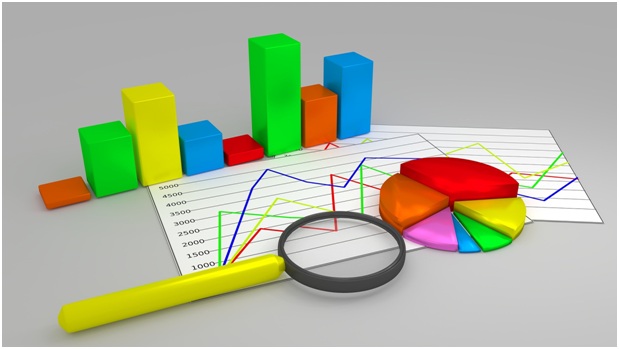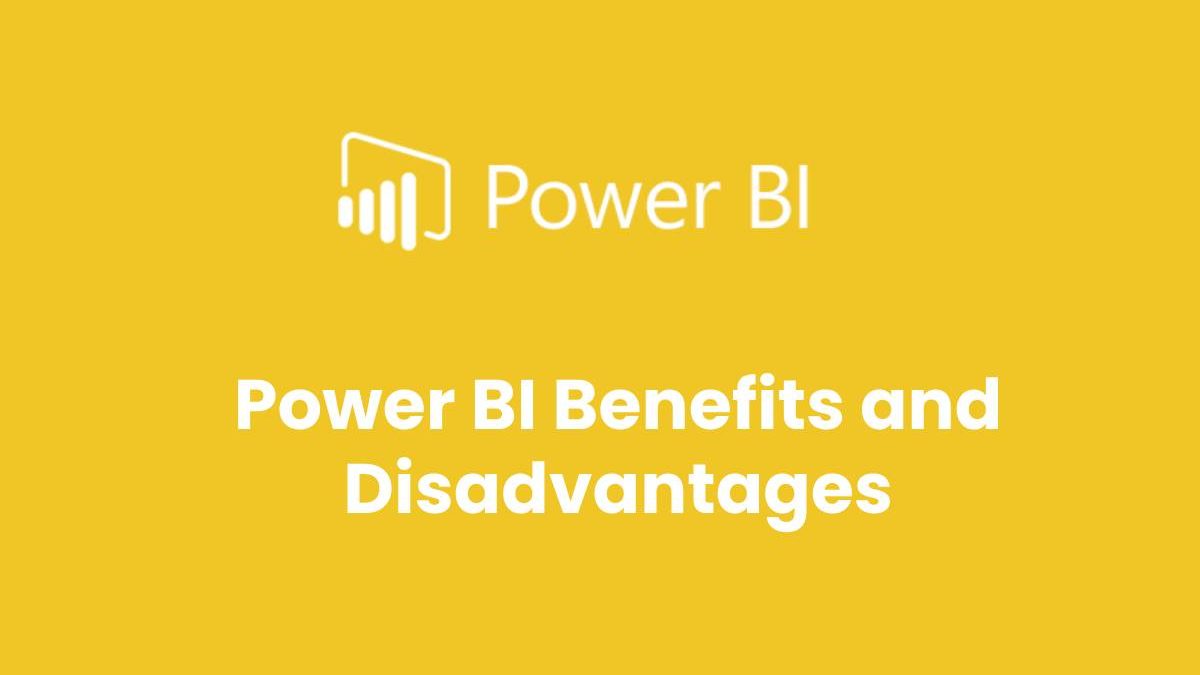Power BI is a service offered by Microsoft that is used for business intelligence. It is based on the cloud. The service is used to convert raw data into useful information using data visualizations. It is made up of a combination of data visualization tools and business intelligence tools. These tools fall in the category of data connectors, software services, and apps, all of which one can use to import data, analyze it, and make vital business decisions using the data output.
It is important to analyze the business intelligence tool that your organization utilizes. Many companies have over the years used SQL servers or SQL Service Reporting Services (SSRS) to generate business reports. With the introduction of this service, you may be wondering if you should migrate and start using it.
In this article, we will highlight the notable benefits and disadvantages of Power BI. You can use them to decide whether it is the right service for your project.
Table of Contents
Advantages
1. Cost-Effective
One notable advantage of this service for data visualization is that it is relatively less costly. It costs $0.00 to make use of the Power BI Desktop version. After downloading the Power BI Desktop, you will be in a position to make dashboards, share reports and datasets straight away.
If you would like to access more of its services, you can subscribe to the Power BI Cloud service solution at a rate of $9.99 per user per month. There is no additional cost. This pricing is relatively fair compared to other BI tools.
2. Easy to Use
With Power BI, inexperienced power users can build simple reports compared to SSRS. Microsoft built it in such a way that non-developers can use it to create their reports.
If you are a non-techie, you do not have to worry. You do not have to know the difference between a left joint and an inner joint to create a chart. Once you import data into the dataset, you can easily make graphs and charts that make sense of your data.

3. Access to Many Data Sources
Microsoft has a reputation for designing well-integrated software. Power BI has the ability to connect to so many data sources. It can read data from XML, JSON, and Microsoft Excel.
It can even read data stored on the cloud, it can connect to many databases, including SQL server. It can process data from Azure Cloud and online, for example, from the Google Analytics platform. To add the icing on the cake, you can import data from various sources and store it in datasets for offline analysis.
4. Custom Visualizations
Developers make visualizations for a specific use. This service gives you access to a wide range of these visuals that are available for purchase on Microsoft platforms.
These custom visualizations can be incorporated into your reports. They include maps, charts, KPIs, etc.

5. Prompt Updates
Microsoft’s business users who are part of its user community can give their thoughts and suggestions about the services offered. The suggestions that are rated highest by other users stand a chance of being put into consideration during the next update.
Power BI is updated by Microsoft on a monthly basis to include better functionalities. Every time that happens, every user gets a notification. That way you will not miss an update.
Disadvantages
1. Rigid Visual Configurations
The service does not give you the opportunity to configure data visualizations to your taste. Therefore, you would have very limited options in terms of the data visualizations you can get compared to other services like SQL servers.
This is not so bad though because rarely will you need to configure and optimize visualizations with this service.
2. Rigid Formulas
It allows you to create new data using formulas, but the formulas are limited.
It provides you with a succession statement that only combines two elements. If you need to combine more than two statements, you have to nest the statements.
3. Complexity in Some Elements
This service has a list of complex features, and Microsoft keeps adding on them. Those new to the service may spend hours trying to locate and understand the tools and services therein.
This can be countered if you put the available learning materials into good use and if you consult the many experts on standby.
4. Rigidity in Use
This Microsoft service is primarily designed for data visualization purposes. Therefore, the complexity of table relationships that it can handle is limited. If you have used alternative applications such as Tableau, you might find it rigid.
Very few configurations can be made on the visuals. Data models must be prepared in such a way that it will not produce absurd table relationships which is very important in data visualization.
5. Poor Data Processing
Power BI’s operation may occasionally run into poor performance issues. If used to process a huge number of rows, say 25,000 rows, it can timeout and fail to process the whole data.
The best way around this issue is to create multiple queries that cover the full range of data, and split them with respect to the dates.
In Closing
Now that you have a general feel of the pros and cons of Power BI, you are in a better position to make an informed decision when it comes to picking a service to use.
Despite the disadvantages we have reviewed, we are confident that Power BI is a superb tool for data analysis and data visualization.
Besides, you won’t discredit Power BI just yet, will you? Remember one of its advantages is its prompt updates. You can be sure Microsoft will constantly work towards eliminating the cons, making the Power BI experience better as days go by.
Kamran Sharief
Related posts
Sidebar
Recent Posts
An Inside Look Of Paraulogic
Introduction Welcome to the exciting world of Paraulogic! Are you ready to dive into a linguistic adventure and put your…
Empowering Artists with Cryptocurrency: A Guide to Selling Art Using NFTs
In the ever-evolving landscape of the art world, artists are constantly seeking innovative ways to showcase and monetize their creations….



